Ever wondered how many patients ICU nurses have under their care at once? It’s a question that reveals far more about our healthcare system than you might think. Behind those hospital doors, critical care nurses make life-and-death decisions while monitoring vital signs, administering medications, and coordinating with doctors.
Unlike regular hospital floors, where a nurse might care for four or five patients at a time, ICU nurses typically manage far fewer. The reason? These patients require constant monitoring, specialized treatments, and immediate interventions. From ventilators to IV drips, every detail matters. Yet, the number of patients assigned to an ICU nurse isn’t set. It depends on hospital policies, patient conditions, and staffing levels. So, what’s the ideal nurse-to-patient ratio in an ICU? And how does it impact patient care and safety? Let’s break it down in a way that’s easy to understand.
Master ACLS Now
Get ACLS certified with confidence
Standard ICU Nurse-to-Patient Ratio
In U.S. hospitals, the number of patients ICU nurses deal with varies based on the type of care unit and patient needs. Proper staffing ensures quality care, patient safety, and nurse well-being. Below are the standard nurse-to-patient ratios for different hospital departments:
ICU (Intensive Care Unit)
1:1 for ventilator beds. Critically ill patients on ventilators require constant monitoring. These patients often require frequent medication adjustments, emergency interventions, and continuous monitoring of their vital signs.
The ratio is 1:2 for non-ventilator beds. Patients in stable but serious conditions receive continuous observation and timely interventions. The nurse cares for two patients while ensuring they get the necessary attention.
HDU (High Dependency Unit)
HDUs have a nurse-to-patient ratio of 1:3 each shift as patients require more care than general wards but less than ICU patients. Nurses monitor vital signs, administer treatments, and respond to complications.
Inpatient Beds (General Wards)
1:6 each shift as patients in inpatient wards are stable but still need medical attention. Nurses ensure medications are given on time, wounds are dressed, and patient comfort is maintained.
Operating Theatre (OT)
Two nurses per table, each shift, during surgeries. One nurse assists the surgeon with instruments and sterile procedures, while the other monitors the patient and manages equipment.
Emergency Department (ER)
1:1 for ventilator beds for patients needing emergency ventilation, as they require continuous monitoring and life-saving interventions.
1:4 for other beds. Less critical patients receive care as per their condition, treatment needs, and emergency severity.
OPD (Outpatient Department) and Various Procedures
Staffing based on workload. The number of nurses depends on patient volume and the complexity of the procedures being performed.
Labor Table
There is one nurse per table each shift. A dedicated nurse provides support during labor, assists the obstetrician, and monitors the mother’s and baby’s condition.
ICN (Infection Control Nurse)
There is one nurse for every 100 beds. ICNs ensure infection prevention protocols are followed, patient areas are sanitized, and hospital-acquired infections are minimized.
Hospitals follow these staffing ratios to maintain high-quality patient care and prevent nurse burnout. Proper nurse allocation helps ensure patients receive timely interventions and medical staff work efficiently.
Read More: What are the H’s and T’s of ACLS?
4 Major Factors That Affect ICU Nurse-to-Patient Ratio
Several factors decide how many patients ICU nurses have. These include patient conditions, types of ICUs, hospital policies, state laws, and nurse availability. These factors are discussed as follows:
-
Patient Condition
The severity of the patient’s illness determines the amount of care they need. Patients with severe conditions require more attention than those who are improving.
Critically ill patients require one-on-one care (a 1:1 ratio). They may have multiple organ failure, severe trauma, or be on life support. A nurse must closely monitor vital signs, medications, and medical devices at all times.
Stable but serious patients can share a nurse with one other patient (1:2 ratio). They still require constant monitoring, but their condition is not changing rapidly. The more critical the patient, the lower the nurse-to-patient ratio should be.
-
Hospital Policies
Every hospital has its own staffing policies for ICU nurses. Some hospitals strictly follow the 1:1 or 1:2 ratio for patient safety. Others may increase the number of patients assigned to each nurse if there is a staff shortage.
Well-funded hospitals hire enough nurses to maintain safe nurse-to-patient ratios. They follow strict policies to ensure high-quality care. Moreover, understaffed hospitals may assign more than two patients per nurse if they do not have enough staff. This can lead to lower-quality care and nurse burnout.
Hospitals that follow proper staffing policies have better patient outcomes and lower nurse stress levels.
-
State Regulations
Some U.S. states have laws that set limits on how many patients an ICU nurse has and handles. These laws help protect patient safety and nurse well-being.
- California: The only U.S. state with strict laws on nurse-to-patient ratios. The law requires a 1:2 ratio in ICUs at all times. Hospitals must follow this rule, regardless of staff availability.
- Other States: Most states do not have fixed ICU nurse-to-patient ratio laws. Instead, hospitals decide how many patients each nurse can handle based on resources and patient needs.
In states without strict laws, hospitals may increase nurse workloads during staffing shortages. This can reduce care quality and increase stress on nurses.
-
Nurse Availability
The number of available nurses directly affects the number of patients ICU nurses have. If a hospital doesn’t have enough nurses, it may assign more patients to each nurse. Many hospitals face nurse shortages, resulting in higher patient loads for each nurse. This can result in longer response times, increased stress, and lower quality of patient care. When there are not enough nurses, hospitals may increase the ratio from 1:1 to 1:2 or higher. This can make it harder for nurses to give each patient their full attention.
Short-staffed hospitals often require nurses to work longer hours or extra shifts. This increases stress, fatigue, and the risk of errors. Hospitals that hire more nurses with proper education and offer good working conditions can maintain better nurse-to-patient ratios and provide higher-quality care.
Different Types of ICUs and Nurses Needed
Different ICUs care for patients with different types of conditions. Some require more nurses per patient, while others may allow a slightly higher ratio. The type of ICU helps determine the appropriate staffing levels to ensure patients receive the care they need. Here are some of the types of ICUs with an answer to the question, how many patients do ICU nurses have:
| Type of ICU | Nurse-to-Patient Ratio | Reason for the Ratio | Special Considerations |
| General ICU | 1:2 | Cares for patients with serious but stable conditions. They require close monitoring but do not need constant life-saving interventions. | Patients may have pneumonia, post-surgery recovery needs, or infections that require frequent observation. |
| Trauma ICU | 1:1 or 1:2 | Treats patients with severe injuries from accidents, falls, or violence. Some need continuous monitoring, while others are recovering but still critical. | Patients may have brain injuries, internal bleeding, or multiple fractures requiring frequent medical intervention. |
| Cardiac ICU | 1:1 or 1:2 | Focuses on patients with serious heart conditions, such as heart attacks, heart failure, or post-cardiac surgery recovery. Some require constant heart monitoring. | Many patients require advanced cardiac support, such as ventilators, pacemakers, or specialized medications, to regulate their heart function. |
| Neonatal ICU (NICU) | 1:1 to 1:3 | Provides care for newborns with critical health problems. The ratio depends on the baby’s condition, birth weight, and complications. | Premature infants, low birth weight babies, or those with organ immaturity require 1:1 care. More stable newborns with mild breathing or feeding issues may have 1:3 ratios. |
| Burn ICU | 1:1 or 1:2 | Treats patients with severe burns, who require frequent wound care, pain management, and infection prevention. Critical cases require one-on-one nursing. | Patients often need skin grafts, fluid replacement therapy, and infection control measures. High pain levels require continuous assessment and medication adjustments. |
Why Proper Nurse-to-Patient Ratios Matter
A proper nurse-to-patient ratio is important for patient safety, healthcare quality, and nurse well-being. ICU patients have serious conditions and require continuous monitoring, immediate interventions, and specialized care. Below are the key reasons why maintaining the correct ICU nurse staffing levels is critical:
Better Patient Care
ICU patients often have unstable conditions, meaning their health can worsen within minutes. Nurses must be available to monitor vital signs, adjust treatments, and respond quickly to emergencies. Proper nurse-to-patient ratios are crucial for better patient care, as studies show that assigning an additional patient to a nurse increases the likelihood of patient death by 7% (source: American Nurses Association). Critically ill patients may experience sudden heart failure, respiratory distress, or internal bleeding. Having enough nurses ensures immediate intervention.
Lower Risk of Errors
Medical errors in ICUs can be fatal. Nurses have many responsible, and when they are overwhelmed with too many patients, mistakes can happen. For example, giving the wrong dosage, skipping a dose, or miscalculating IV drips can lead to serious complications. However, when nurses have a manageable patient assignment, they can follow safety protocols more meticulously, including double-checking medications and verifying equipment.
Reduced Nurse Burnout
ICU nurses work in high-stress environments where they deal with critical cases, patient emergencies, and emotional distress. ICU shifts are long, and nurses often handle heavy workloads. They witness life-and-death situations daily, which can cause mental and emotional fatigue. When they are overworked, they have less time for emotional recovery between shifts. Moreover, nurses experiencing burnout may call in sick more often, leading to staff shortages and even higher workloads for remaining nurses.
Improved Patient Outcomes
Patients in well-staffed ICUs are less likely to develop infections, bed sores, or blood clots because nurses have more time for preventive care. Similarly, if nurses are assigned more patients than they can handle, their workload becomes too high, making it difficult for them to provide proper care. ICU patients have better chances of survival when nurses can respond quickly and provide full attention to their needs. Patients and families feel more comfortable and reassured when nurses are available, communicate clearly, and provide attentive care.
Read More: Should Nurses Get ACLS Certification?
Maintain Safe ICU Nurse-to-Patient Ratios for Better Healthcare!
ICU nurses play a significant role in patient care, and that is why knowing how many patients do ICU nurses have is important. The standard nurse-to-patient ratio in ICUs is typically 1:1 or 1:2, depending on the patient’s needs. Maintaining this ratio ensures better care, fewer errors, and lower stress levels among nurses.
When hospitals exceed safe ratios, patient care suffers, and nurses face burnout. To prevent this, hospitals must hire more nurses, utilize support staff, and adhere to safe staffing policies. The future of ICU nurse staffing depends on better regulations, improved technology, and increased support for the workforce. Ensuring the right balance leads to better healthcare outcomes for everyone.
References:
https://pmc.ncbi.nlm.nih.gov/articles/PMC7491754/#:~:text=ICU%2D%201%3A1%20(Ventilator,each%20shift%2C%20ICN%20%2D%2001%20for







